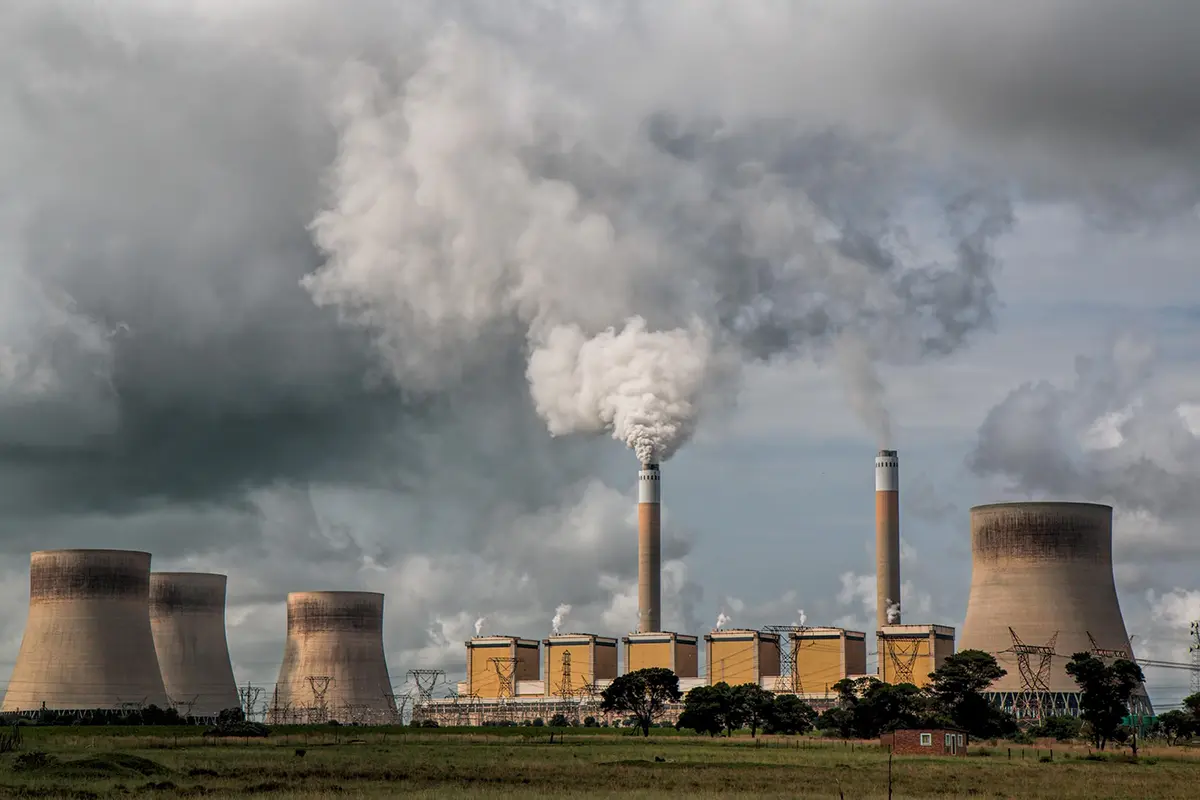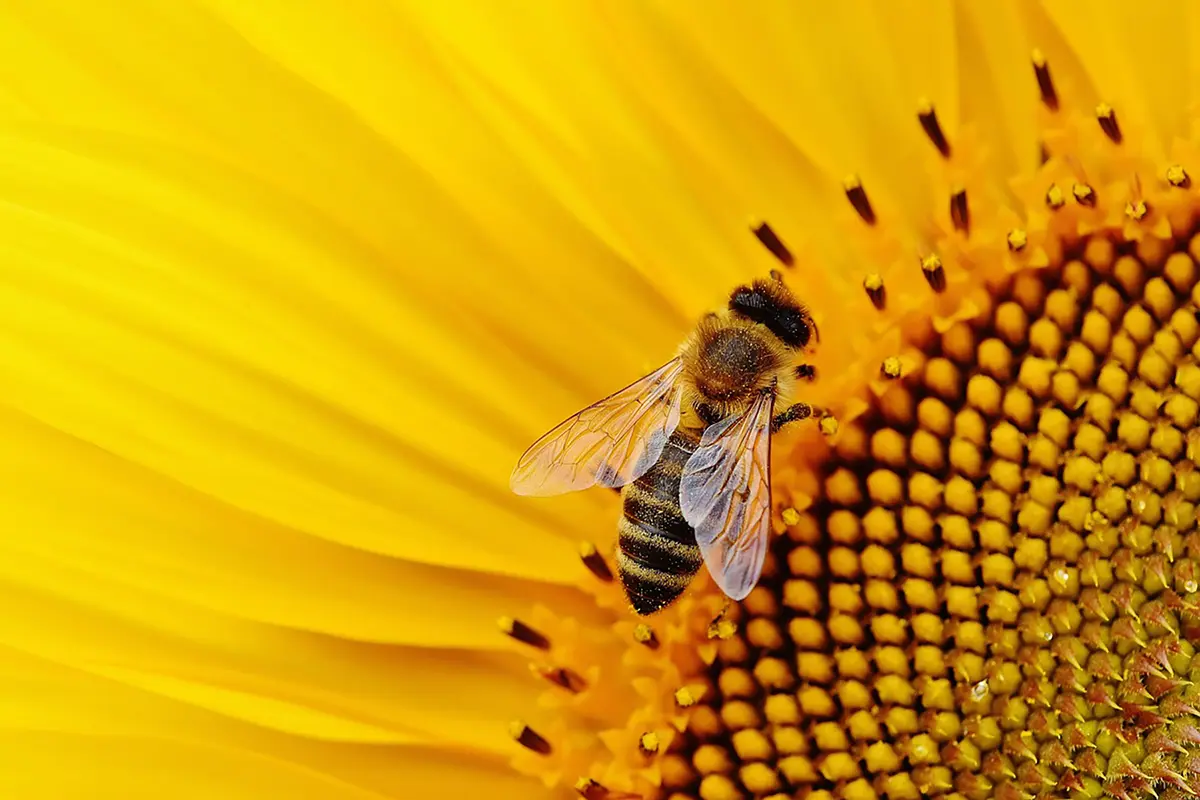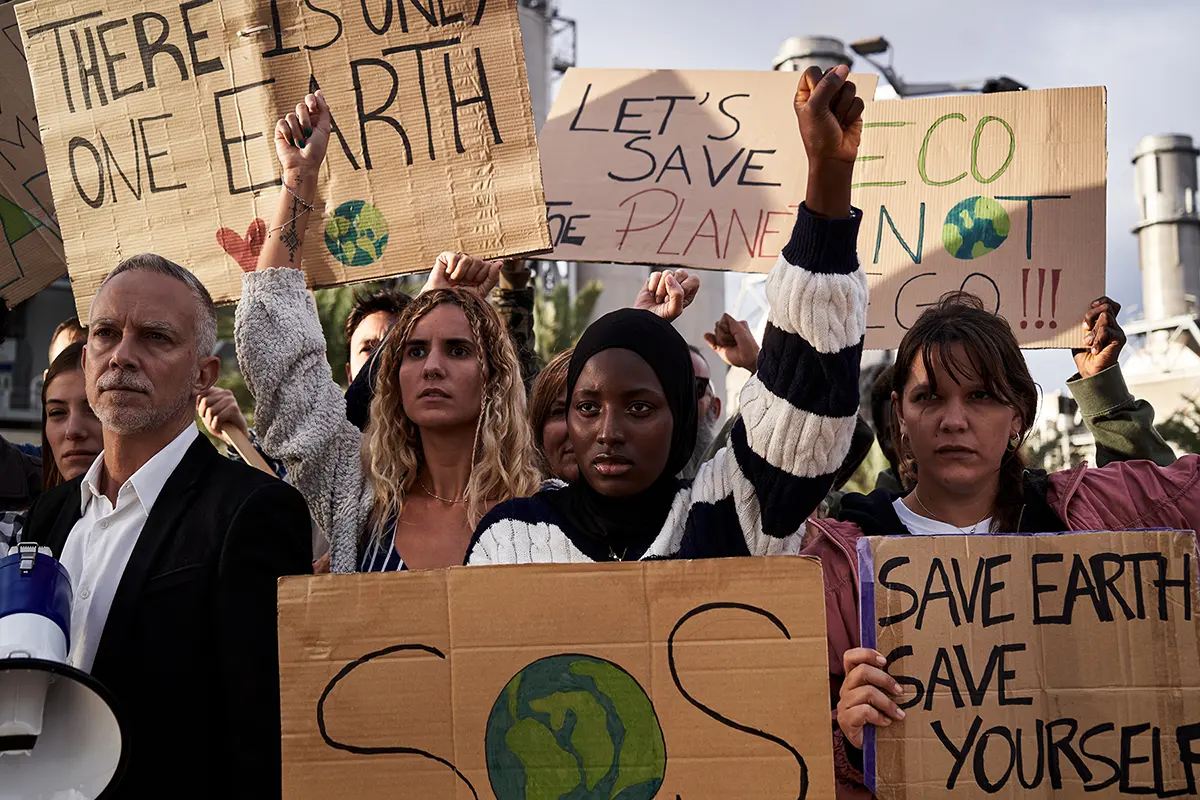It’s clear we are in trouble. The average temperature of the Earth’s surface is currently about 1.2°C warmer than it was before the industrial revolution, around 200 years ago. It is warmer than at any other time in the last 100,000 years, and unfortunately this is only getting worse. The last decade was the warmest on record, and each of the last four decades has been warmer than any previous decade since 1850. With floods, fires, and heat-related deaths all rising, it is more important than ever that we acknowledge what is causing climate breakdown and find ways to put it right.
But the climate crisis is just one of three major interconnected environmental crises we face, alongside the pollution crisis and the biodiversity crisis. When we consider how we can best help the planet, we need to bear all three in mind. So, what are the biggest environmental culprits, and what do we need to change to help our planet heal and thrive?
Is Flying Bad for the Environment?
Flying is certainly detrimental to the climate. In fact, flying is one of the most carbon-intensive activities we can do, but it is actually responsible for just 2.5 percent of the world’s carbon emissions. The reason that percentage is so low is because 90 percent of people around the world do not fly each year and the damage is done by the wealthier few who can afford to fly. As global incomes rise, however, emissions from aviation will inevitably also rise. For those who do fly—depending how far and how often—it can be a significant part of their own personal carbon budget. With one return long-haul flight, for example, we may be responsible for 1.68 tonnes of CO2 emissions but to keep global temperatures below a 1.5° rise, it has been estimated that each of us has a personal annual budget of just 1.5 tonnes of CO2.

Are Fossil Fuels Bad for the Environment?
Extracting and burning fossil fuels—such as when flying, driving cars, when used by industry, farming, and for heating or cooling our homes—is the No. 1 worst thing for the climate. This is what is driving most of the heating of our planet, and all the humanitarian, environmental, and ethical issues that creates. The amount of fossil fuels used by the average person varies enormously from country to country with the Middle East and North America creating the most emissions per person, and India, Philippines, Pakistan, and Bangladesh creating the least.
When it comes to the worst sectors for producing climate-changing emissions, these are the most damaging, alongside the proportion of emissions they are responsible for:
- Electricity and heat 29.7%
- Meat, eggs, and dairy 14.5%
- Transportation 13.7%
- Construction 12.7%
References: World Resources Institute and National Institutes of Health.
So, farming animals for their meat, milks, and eggs creates more climate emissions than the entire global transport system—including planes, trains, buses, cars, trucks, and ships. And the damage caused by this industry goes much further because animal agriculture is also a major contributor to the two other environmental crises we face: the pollution crisis and the biodiversity crisis.
The Pollution Crisis
According to the United Nations, air pollution is the largest cause of disease and premature death in the world, with more than seven million people dying prematurely each year due to air pollution. Again, the burning of fossil fuels is a leading cause—for heat, light, transport, and industry—but animal agriculture is also extremely problematic. More than 168 gases are emitted from factory farm waste, including hazardous chemicals such as ammonia, hydrogen sulfide, and methane. Air quality around intensive animal farms, which is where almost all the meat eaten comes from, is often poor with one study suggesting that these are responsible for 17,900 deaths per year in the US alone.
As well as polluting the air, animal farming pollutes water, specifically rivers, lakes, and the ocean. Around 78 percent of global ocean and freshwater eutrophication (the accumulation of polluting waste nutrients that cause deadly algal blooms) is caused by animal agriculture. Because of the damage it causes, this water pollution is also a leading driver of the biodiversity crisis.

The Biodiversity Crisis
Wild animal populations are plummeting, with 73 percent lost just since 1970, due entirely to human activity. The leading cause is the destruction of habitats to make way for animal agriculture, and farming animals for their meat, milk, and eggs is the largest driver of deforestation in the Brazilian Amazon. This is because pristine forest is destroyed to make way for grazing cows for beef, and to grow crops like soy that are shipped to factory farms around the world. The other leading drivers of this biodiversity crash are also connected to what we eat, including polluting the waterways with animal waste, and taking trillions of fish out of the oceans every year.

What Is The No. 1 Best Thing We Can Do for the Planet?
There is much we can do as individuals to reduce our own impact on the climate from considering how we heat our homes, travel, and how much unnecessary ‘stuff’ we buy.
But when you consider all the environmental crises—climate, air and water pollution, and wildlife loss—one action stands out. The Oxford University researcher who led the biggest ever study of the environmental impacts of our food came to this conclusion: Avoiding meat and dairy is the single biggest way to reduce your impact on earth.
How Does a Plant-Based Diet Help the Environment?
Eating a plant-based diet reduces climate emissions, water pollution, and land use by 75 percent. Because it has a much lighter impact and needs far fewer resources than when producing meat, eggs, and dairy, it allows the climate to cool, the waters to run clear, and wildlife to thrive. For all these reasons, a plant-based diet is the absolute best thing we can do for the planet.
Read more about the Environmental Benefits Of Veganism.



